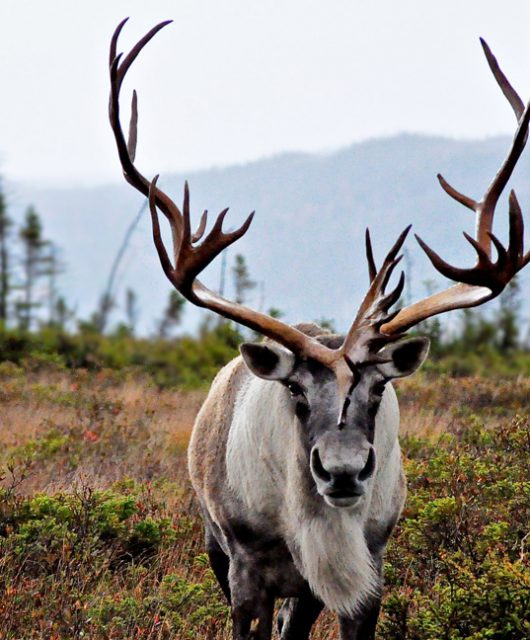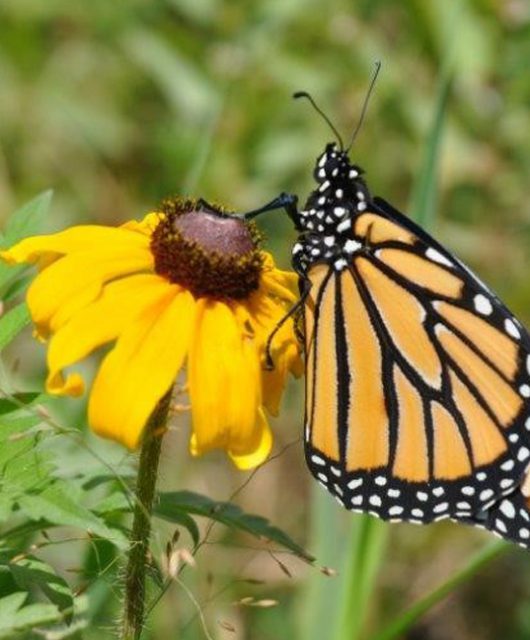Ours goes pitter-patter or thump, thump, thump and beats roughly 35 million times per year. The heart.
How does this amazing organ work for wildlife? Let’s take a look.
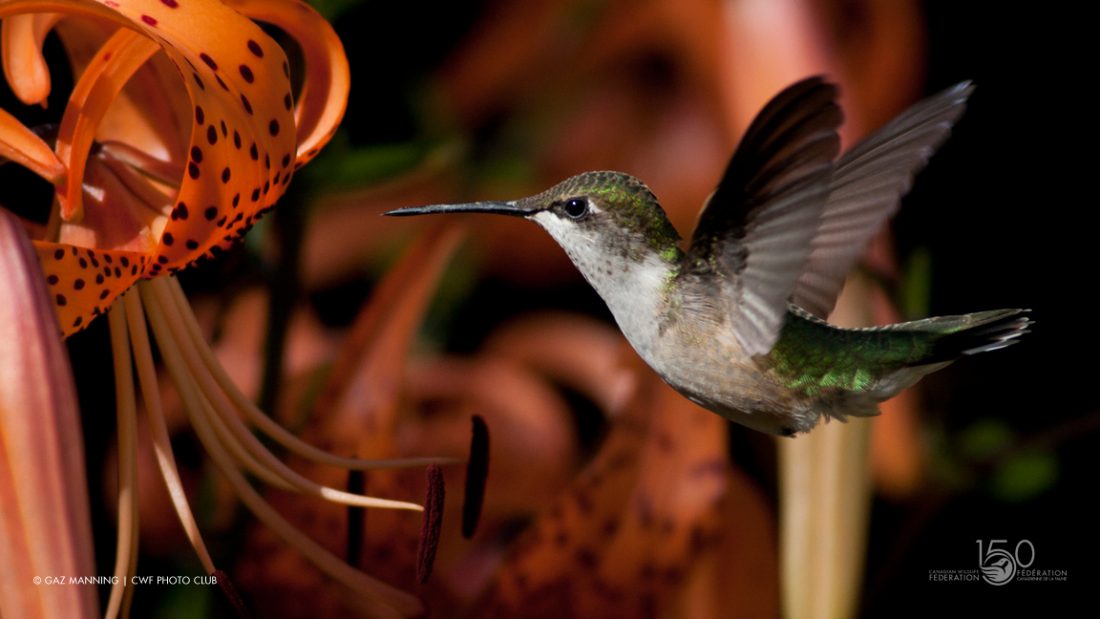
A hummingbird zips around by flapping its wings 6,000 times in a minute, so it needs a speedy heart to keep up. Depending on the species, the hummingbird’s heart rate is a whopping 1,000 beats per minute! These tiny birds save energy when the sun goes down by falling into a deep sleep. At that time, their heart rate drops to 50 to 180 beats per minute.
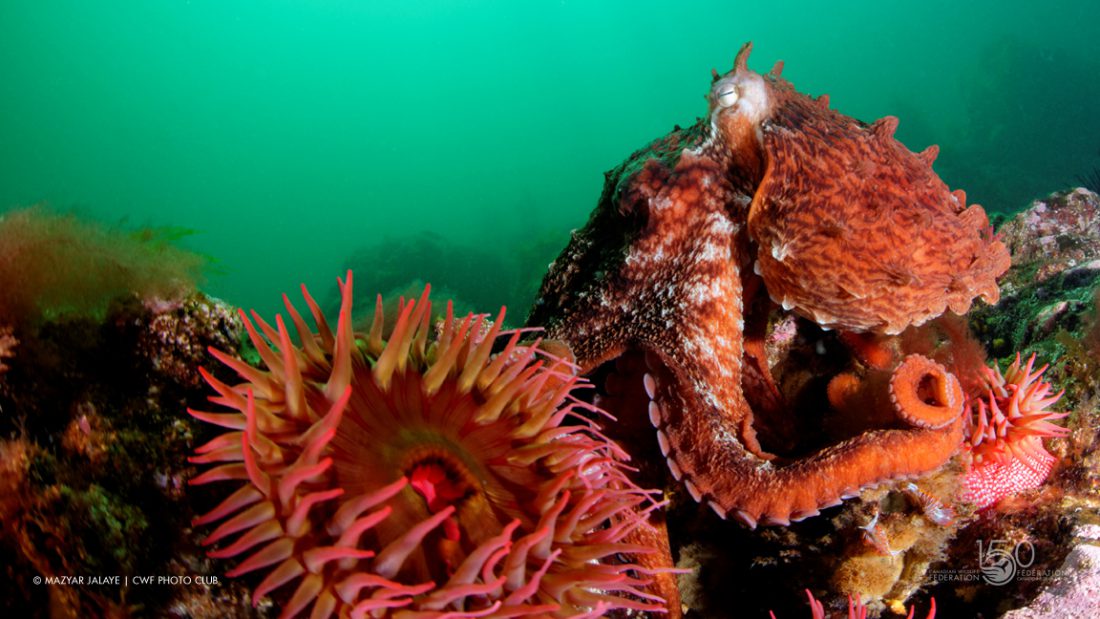
What has eight arms and three hearts? An octopus. This fascinating underwater creature has one small heart on each side of its body and another big one in the middle. The two smaller hearts pump blood to the gills and the main heart pumps blood through the body. The main heart actually stops beating when an octopus swims, which explains why this species enjoys crawling along the ocean floor. Swimming is exhausting!
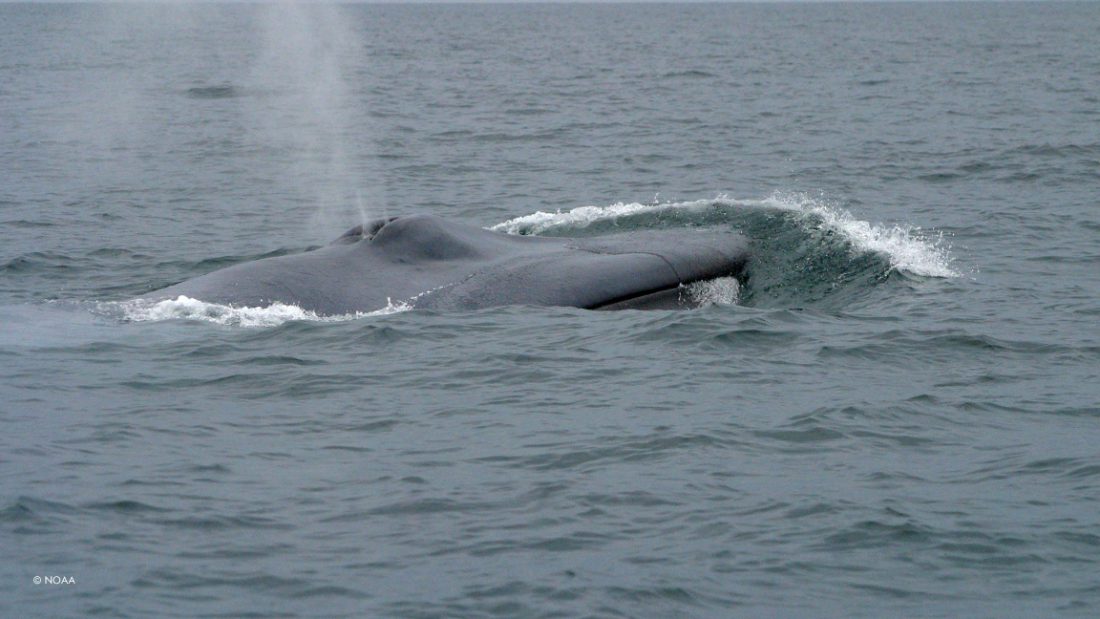
The blue whale is the world’s largest mammal and it has the heart to match. The heart of a blue whale is 590 kilograms – roughly the size of a car! This massive organ does a ton of work. A blue whale’s heart pumps seven tonnes of blood through a body that can grow up to 30 metres long and weighs around 64,000 kilograms.
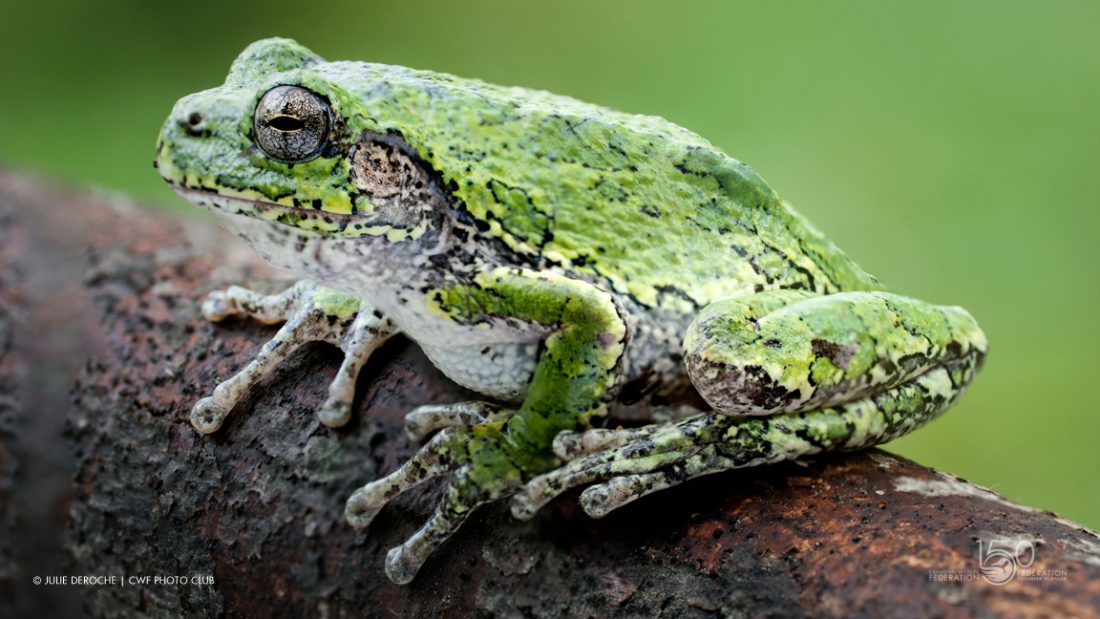
A treefrog’s heart has three chambers: two atria and a single ventricle. Even though treefrogs are small in size, they face the winter head-on. Most Canadian species spend the winter months under leaf litter, rocks, logs or tree bark. They have the ability to create antifreeze, glucose or glycerol, which prevents their organs from freezing.
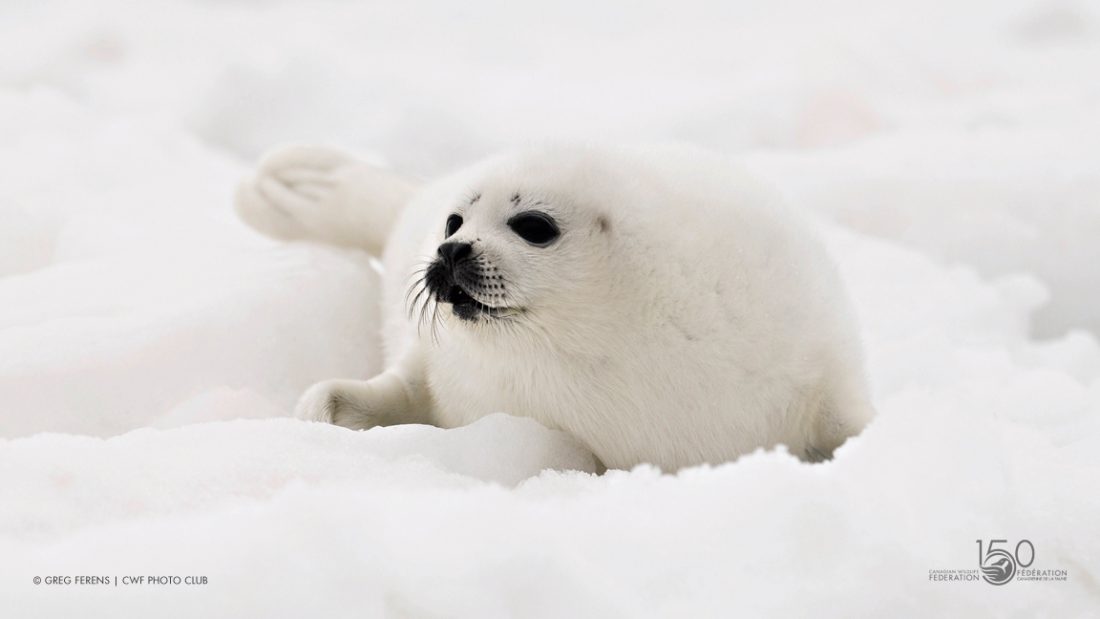
Harp seals spend their time in the icy waters of the North Atlantic and Arctic Oceans. They hunt at depths of 90 metres and can dive to nearly 300 metres. During one of these deep dives, a seals heart rate drops from about 100 beats per minute to as low as 10. A lower heartbeat saves oxygen and allows the seal to hold its breath for up to 30 minutes.
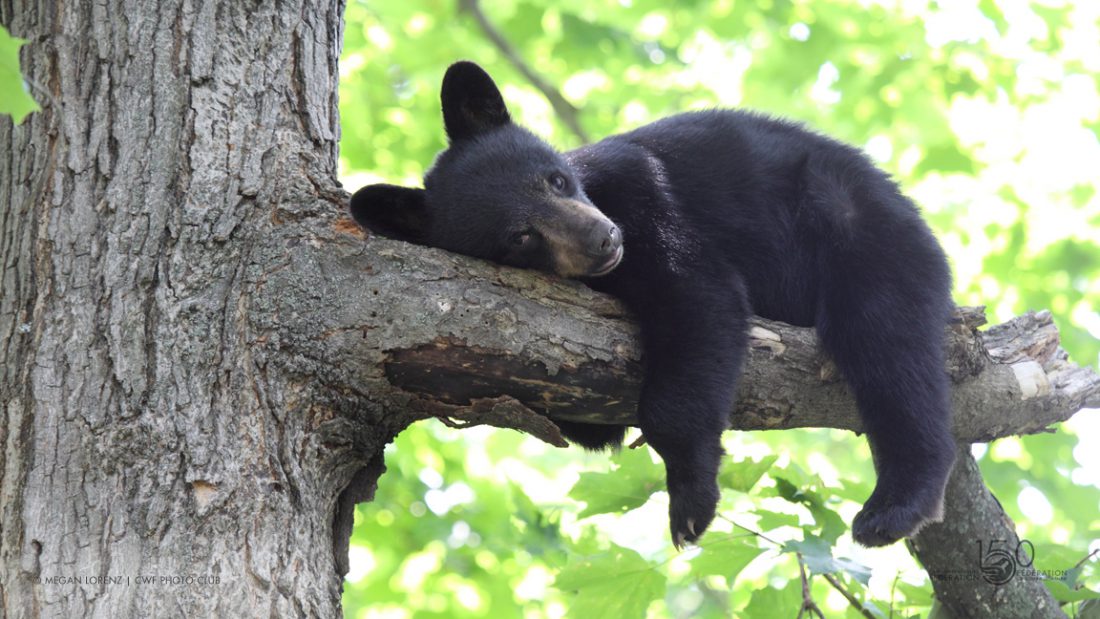
Black bears are not true hibernators, but they enter a deep sleep during the seven months that it takes for winter to pass (shorter in warmer climates). During this time their body temperature drops from 38°C to 31–34°C, their respiration slows, and their metabolism declines so they can live off of fat stores. When a black bear sleeps through the winter, its heart only beats once every 20 seconds.

